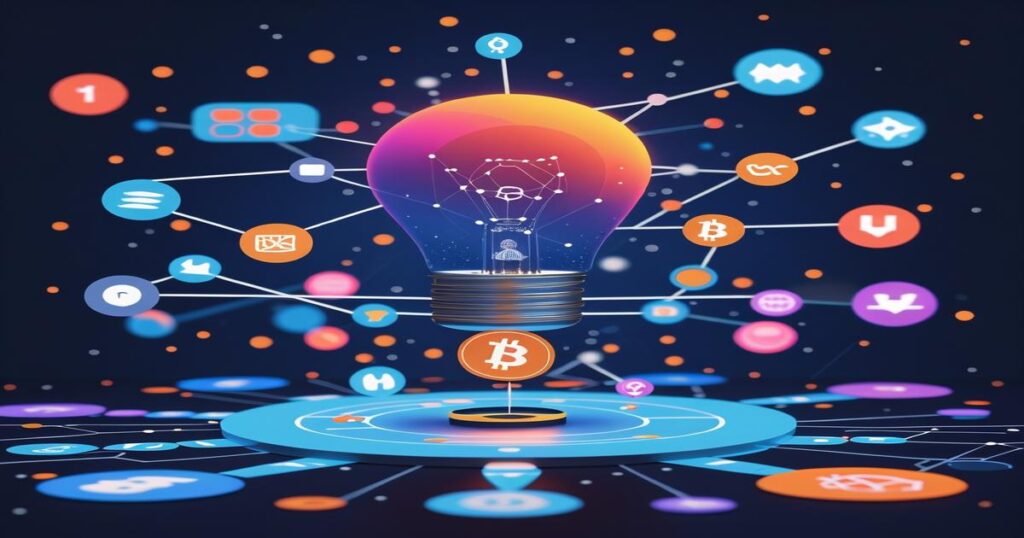The emergence of Web3 marks a significant shift in the digital economy — one that promises to redefine how we interact online, manage digital assets, and drive technological innovation. In this article, we’ll explore the transformative potential of Web3, diving deep into its core components and the real-world applications driving change across various sectors.
What is Web3 and Why Does it Matter?
The transition from Web2 to Web3 is characterized by a shift towards decentralization and user empowerment. Web3 leverages blockchain technology to create a more open, trustless, and permissionless internet. Unlike its predecessor, Web3 allows individuals to own their data and digital assets, paving the way for a new era of online interaction where users are stakeholders, not just participants.
The Core Components of Web3
1. **Blockchain Technology** 🔐: At the heart of Web3 lies the blockchain, a distributed ledger that ensures transparency and trust without centralized oversight.
2. **Smart Contracts** 🤖: These self-executing contracts with the terms directly written into code facilitate seamless peer-to-peer transactions.
3. **Decentralized Applications (dApps)** 📱: dApps run on blockchain networks, offering services without the need for intermediaries, enhancing efficiency and reducing costs.
4. **Decentralized Finance (DeFi)** 💰: DeFi platforms provide financial services such as lending, borrowing, and trading without traditional banks.
Real-World Use Cases of Web3 Platforms
✅ **NFT Marketplaces**: Revolutionizing digital art ownership and provenance.
✅ **DAOs**: Governance models for decentralized decision-making.
✅ **Decentralized Identity Solutions**: Enabling users to own and manage their digital identifiers.
Challenges and Opportunities
Despite its potential, Web3 faces challenges including scalability, regulation, and user adoption hurdles. However, the opportunities for innovation and economic empowerment are profound, with Web3 promising a more equitable distribution of wealth and control across the digital landscape.
Getting Started with Web3
Embracing Web3 requires an understanding of blockchain wallets, secure transaction practices, and a commitment to continuous learning as the space evolves rapidly.
🔗 **Resources for Further Exploration**:
– Web3 learning platforms
– Community forums and meetups
– Educational blockchain courses
Conclusion
Web3 is an exciting frontier that holds the key to a more resilient and robust decentralized economy. As the technology matures, staying informed and engaged will be crucial for those looking to capitalize on the opportunities it presents.
FAQ
What is the key difference between Web2 and Web3?
Web2 is characterized by centralized platforms, while Web3 focuses on decentralization, giving users control over their data and digital interactions.
How can I secure my assets in the Web3 ecosystem?
Using secure blockchain wallets, enabling two-factor authentication, and staying informed about security practices are essential for asset protection.
Are there risks associated with engaging in Web3 platforms?
Like all technologies, Web3 has risks including scams, bugs, and regulatory challenges. Comprehensive research and cautious participation are advised.

